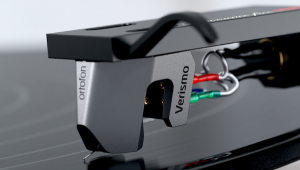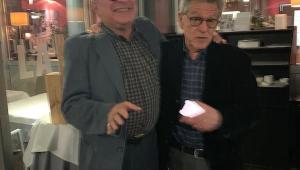Thank you SO MUCH for initiating, and sharing this interview! John Simon has been a musical hero of mine for years, and I was very excited to see the other day when you posted that the interview would be forthcoming.
It was wonderful to hear Mr. Simon speak about many of his experiences, several, of which you rightly point out, had him involved squarely in the middle of some of the greatest albums ever made. As much as I enjoyed listening to the stories about his time assisting other artists, I would have loved to have heard more about his own work - especially his first two albums on Warner Bros., which are really unique, and probably quite underappreciated. But that minor "wish" aside, I truly enjoyed the discussion.
For anyone interested in checking out more of John Simon's work as a pianist, I think a nice place to start is on two of Taj Mahal's albums - "The Real Thing (Live at Fillmore East, 1971)", and "Happy Just to Be Like I Am," which is either 71' or 72.' Also, you can see JS in nice video of this era Taj, on youtube, for the song "Tomorrrow May Not Be Your Day," which also features the great Jesse Ed Davis on guitar.
Lastly, to comment on one of the last areas of discussion in the interview, there will always be a fan-base and appreciation for great artists and great music, regardless of age - how old the artist is, or, how old the fan/listener is. Case in point, I'm 45, and much of this music occurred before I was concious of it, but I found it eventually, because when one is seeking "the good stuff," you won't allow yourself to be limited by commercialization, poor media access, fads, styles, or any of that.
I love your website, Michael - keep up the great work!
Steve






















































